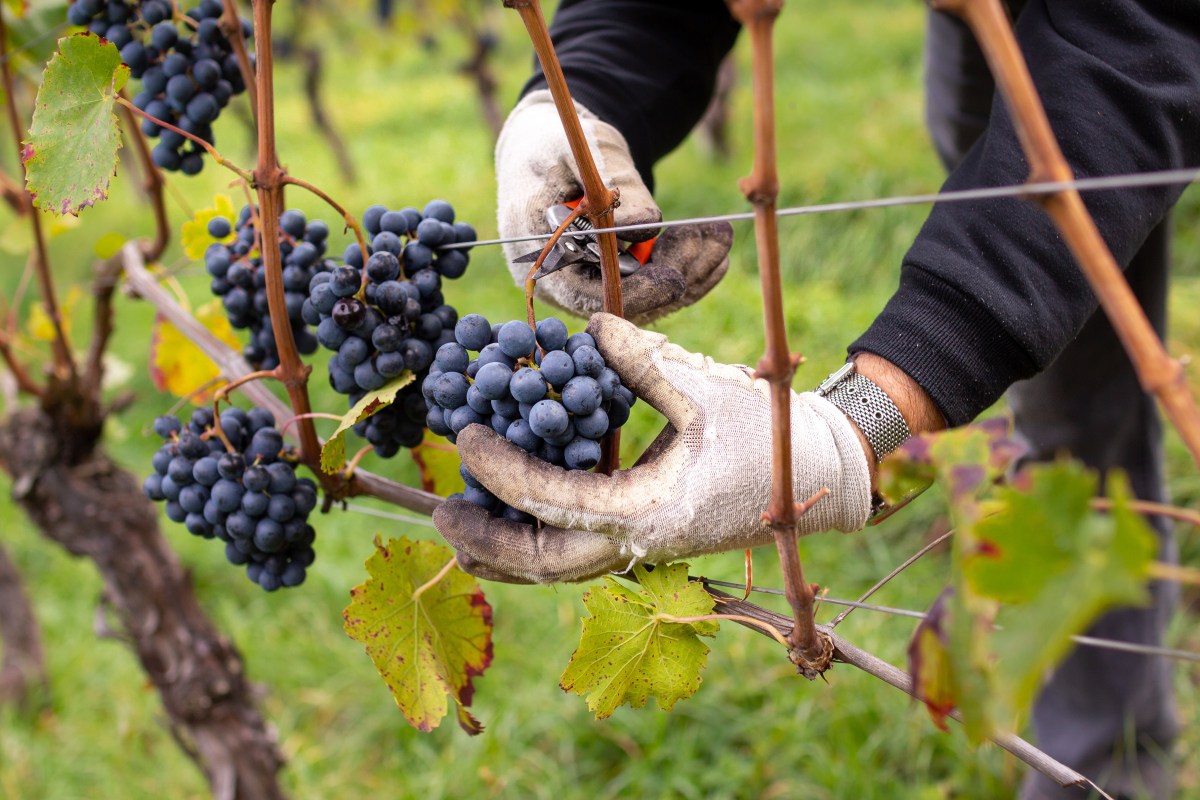Across the country, with grapes perfectly ripe, the harvest of the 2024 vintage has already begun. Some kicked off as early as January, while others only just commenced last week.
The Shout spoke to winemakers from Western Australia, New South Wales and South Australia about the outlook of this year’s vintage, and the conditions experienced over the last year in each of those climates.
In the Margaret River region of Western Australia, Stephen Kirkby, Group Vineyard Manager at Burch Family Wines, says this year’s vintage kicked off surprisingly early, getting underway in mid-January, with consistently warm and dry weather creating ideal ripening conditions.
“Margaret River has experienced above-average maximum temperatures but no heat spikes, so vines are functioning at full capacity, which has led to potentially one of the earliest vintages we’ve seen,” he says.
“We spotted the first signs of red colouring before Christmas, which is causing vintage to be fast and compressed. Lots of blossom on the native trees mostly kept the birds out of the vineyard, which is a big plus, and the yields look moderate, which helps with ripening and quality.
“Disease pressure so far has been low, with warm, dry conditions ideal for controlling the three main diseases in Powdery, Downy and Botrytis,” he added.
From this year’s vintage, which is expected to conclude around the end of March for the first time ever at Burch Family Wines, Kirkby says we can expect to see great Chardonnay and Cabernet Sauvignon from Margaret River, and Chardonnay and Pinot Noir from the Great Southern.
Over in South Australia’s Clare Valley, Taylors Wines’ vintage also commenced in January, with the arrival of a parcel of Chardonnay for sparkling base, harvested from the Riverland.
After a winter that was relatively dry, and slightly warmer than usual, Taylors Wines Chief Winemaker Adam Eggins said: “Spring weather was consistent with long-term averages in terms of temperature, and rainfall was slightly below long-term averages.
“Budburst occurred on track in early September. There were some minor frost events recorded in September, but the damage was minimised with the use of frost fans and helicopters to move the cold air along.”
At the end of October, Eggins says that a devastating frost event occurred in the Clare Valley, affecting quite a few blocks of Taylors’ estate vineyards, which will determine what is available to harvest for vintage 2024.
“At this stage, if the weather remains stable, ripening conditions are looking pretty good,” he added.
“In terms of timing, there is indication that some of the later ripening varieties such as Cabernet Sauvignon and Riesling are ripening early this year so we’re predicting a relatively compressed vintage, probably wrapping up around Easter. But, as is always the case, time will tell.”
In New South Wales, Lowe Wines started picking its 2024 vintage in mid-February, starting with its Shiraz, and then moving onto Zinfandel. Kesh Mudaly, Biodynamic Special at the Mudgee winery, says the Lowe Wines vintage will last around six weeks.
“So far the fruit looks amazing, completely disease-free and the yield is up without a compromise in fruit quality and flavour. That’s a big win. All of our rosè Zinfandel is in, as well as both Shiraz blocks. We will harvest Merlot commencing 19 February and more Zinfandel hopefully.
“The last few weeks leading up to the vintage have been hot and dry at around 35 degrees Celsius, which has really helped the vines on their way to ripening the crop.”
While 2024 vintage is already well underway for many of Australia’s wine producers, it has only just begun at Chateau Tanunda in the Barossa Valley, commencing two weeks earlier than 2023 on Tuesday 20 February, bringing the winery in line with long-term averages.
Chateau Tanunda marked the commencement of this year’s vintage with its annual tradition of ringing the 100-year-old bell as the winemaking team gathered to celebrate the first grapes crossing the weighbridge, which was 100-year-old vine Riesling and Semillon.
Jeremy Ottawa, Winemaker at Chateau Tanunda, says that so far, weather conditions have been kind, with temperatures close to average aside from a few warm January days followed by cool nights.
“Well timed rainfall totalling 350mm was recorded for calendar year 2023,” he says. “This doesn’t sound like much, but the timing was perfect, giving us the right rainfall at the right time.
“At this stage we are expecting a slightly compressed vintage with red varieties ripening closer together across the region.
“If all goes well, we will make a start on picking Barossa Valley Shiraz, Cabernet and Grenache in a couple of weeks, then moving into Eden Valley reds,” Ottawa added.
“After lengthy walks through our vineyards, we are seeing smaller bunches and berries, which is perfect for creating beautiful wines of intensity and concentration. Our current estimate is that yields look to be about 30 per cent down on last year, but more in line with long-term averages.”

